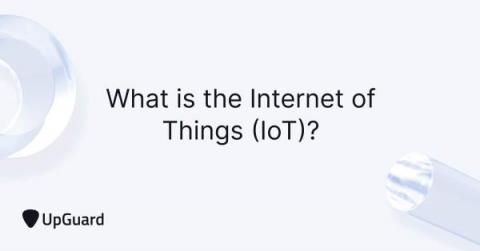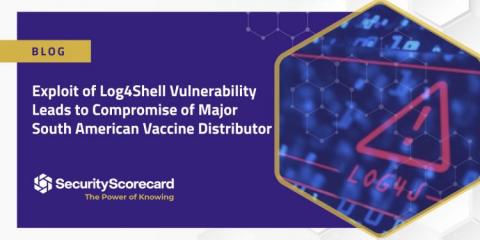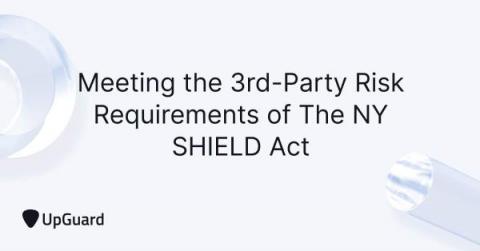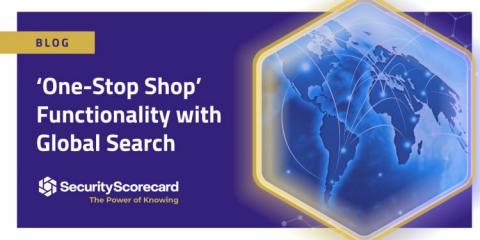What is the Internet of Things (IoT)? Definition and Critical Risks
The internet of things (IoT) is a system of interconnected computers, devices, digital machines, and objects, all marked with unique identifiers (UIDs) and enabled to transfer and share data over a network. It was first coined by Kevin Ashton in 1999 when he envisioned a future where things communicated with each other, apart from human interaction With the evolution of web-enabled smart homes and smart devices in nearly every corner of life, IoT attack surfaces begin to emerge.







